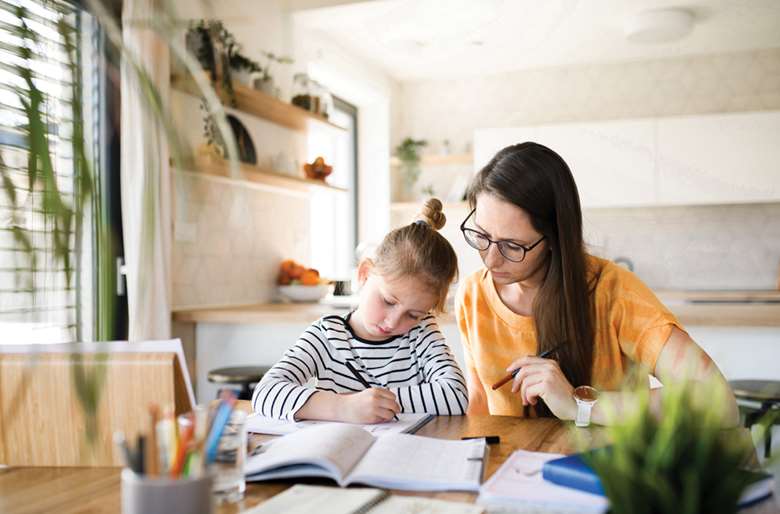Lessons for successful home schooling of children with SEND
Alex Grady, head of Whole School SEND, Nasen
Tuesday, January 5, 2021
The recently published research from the University of Sussex, highlights that for some children with special education needs and/or disabilities (SEND), learning at home during the lockdowns of the past year has been a positive experience.

The authors of Happier In His Own Clothes: Post-pandemic Possibilities for Education for Children With SEND, go on to suggest that post-Covid, there are opportunities to create a more flexible and responsive school system.
While this is something to aspire to, and would be positive for all children not only those identified with SEND, important questions need to be considered first, including:
- Why did some children with SEND feel so much more comfortable working from home compared to being in school?
- What are the potential long-term downsides of home schooling?
- How can we ensure that such a system would support all outcomes for children with SEND, including preparation for adulthood?
- What are the implications for families?
There is a world of difference between children, with or without SEND, being home-schooled because of an active and positive choice made by their parents or carers, hopefully with the child’s agreement, and being home-schooled because their parents or carers do not have the confidence that their needs will be met through the in-school options.
As the research suggests, the home environment is less stressful than school for many children with SEND – there is less social interaction, less sensory overload, different expectations in terms of time and behaviour and more time spent with family. However, many of these issues could be addressed within school, through the effective use of reasonable adjustments and inclusive practices. There is much to be learned from schools’ responses during lockdowns, which have often been praised by parents, including increased interaction with parents or carers, a more individualised approach to their child, greater attention paid to mental health – it would be a positive move if lessons can be learned about what has worked well and for these to be woven into strategic planning for the longer term, whether a child is learning at home or at school, or in a flexible model incorporating both.
Potential downsides
However, there are some potential downsides to remote learning for children with SEND.
There is a risk that they would have less opportunity to develop social communication and interaction, through play and other interactions with peers – this would have to be carefully planned for, possibly with explicit teaching of the skills involved. A flexible model, of some time in school and some time at home, would mean a number of transitions across each week or possibly each day; again, this would take effective planning to work successfully. Careful consideration would have to be given to curriculum coverage, including extra-curricular opportunities, and to ensure a child experienced a broad and balanced curriculum that meets their needs and which prepares them effectively for adulthood. Any support which a child receives as part of an education, health and care plan or through SEN support may have to be re-thought; there is a potential risk that the perception arises that flexible remote learning in itself will meet needs, so other forms of support may not be needed; in reality, different types of support would be required.
The key with any decision regarding a child with SEND is keeping in mind that everyone is an individual; what may work well for one child will not work for another, what worked well over the last year may not be as effective in the longer term.
As with any provision, remote learning needs to be fully thought through with the child and the family themselves at the centre of all planning and decision-making. If this happens, along with an inclusive and supportive environment in school, then we should hope to see positive outcomes for children.




